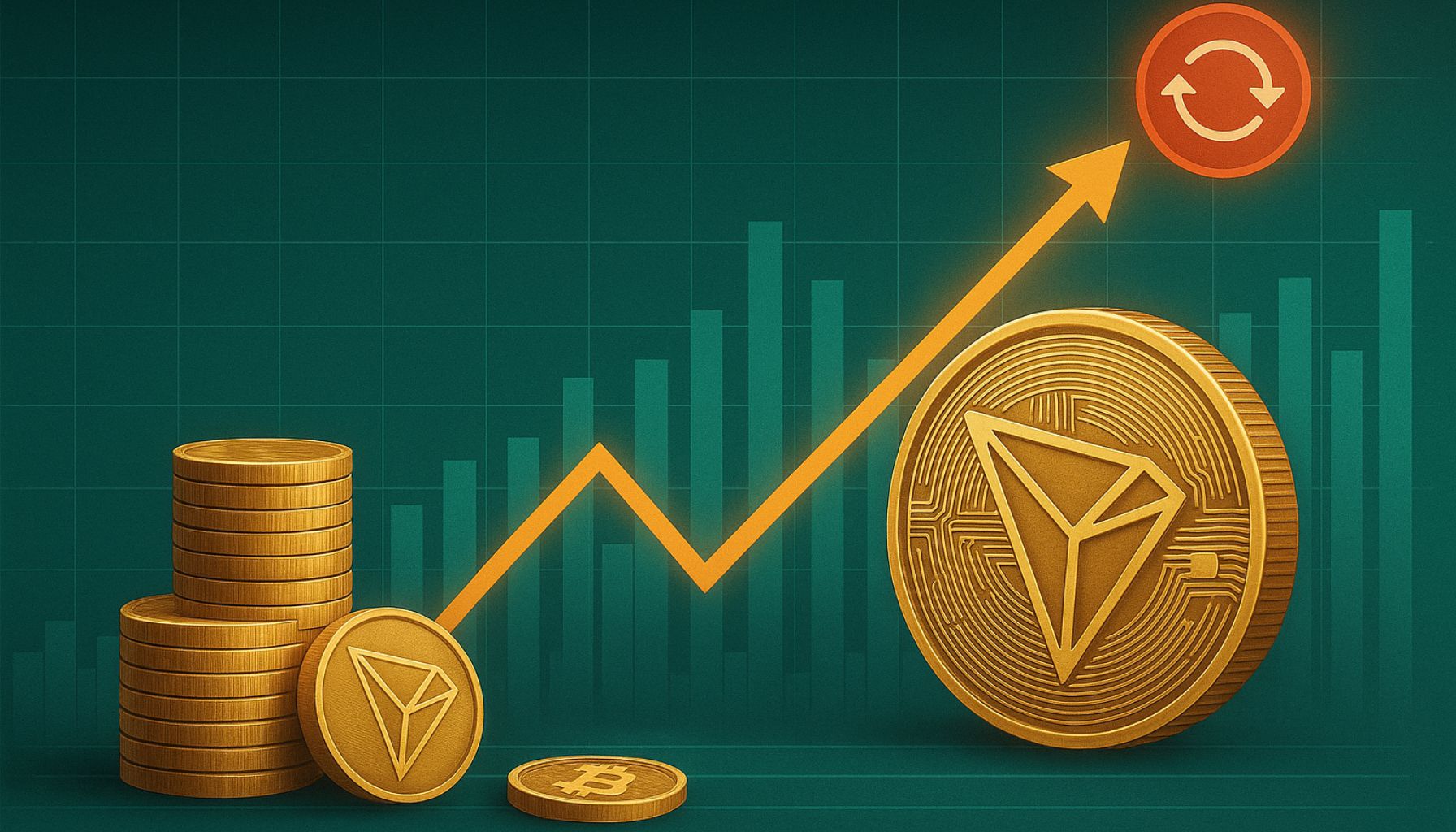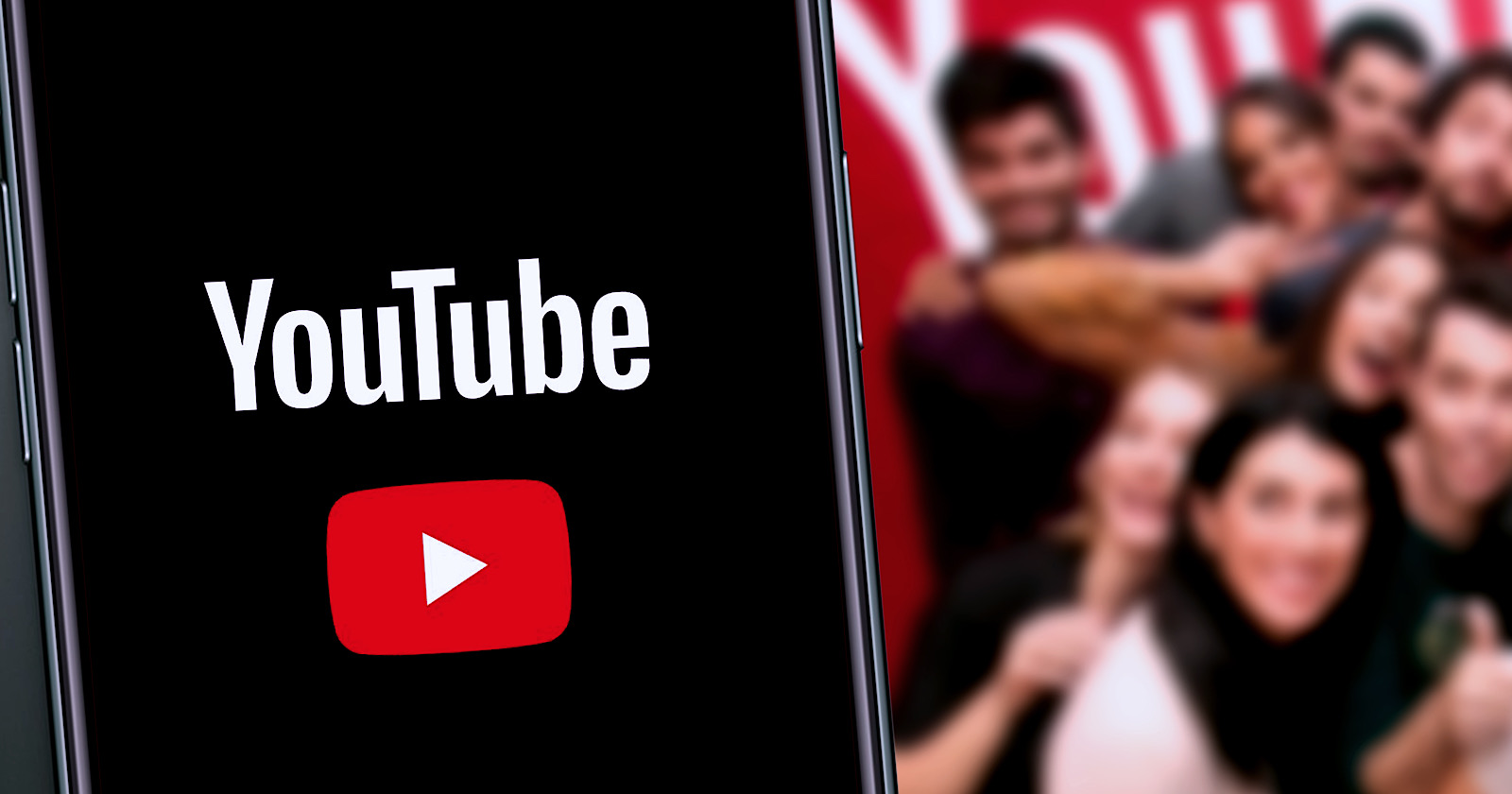Why brands are taking livestream shopping off Facebook and TikTok
Livestream shopping and shoppable ad efforts from the likes of TikTok and Meta, among others, don’t appear to be taking off.

Social media giants have been on a mission to evolve into full-funnel shopping experiences. But thus far, efforts around livestream shopping and shoppable ads from the likes of TikTok and Meta, among others, don’t appear to be taking off with brands or consumers. As a result, some brands are bringing these formats directly to their own websites to marry customers' love of video with the comfort of checking out on a brand website.
It’s become clear that U.S. shoppers—unlike their counterparts in China, for example—are more comfortable discovering a product on TikTok, but then making a purchase on the brand’s website.
So as a recession looms, and social platforms look for ways to cut costs, some have decided to scrap expansionary shopping plans. TikTok’s livestream shopping program has reportedly been shelved after having trouble catching on in the U.K.; Facebook is pulling the plug on live shopping next month; and Instagram ended its affiliate marketing program for creators. But brands believe there is an appetite for shoppable video content, just not on social media.
Olaplex CEO JuE Wong has long been bullish on video commerce but was frustrated that most solutions pitched to her offered to host Olaplex videos on a separate platform or through social media, which she views as a so-called leaky funnel. So instead she opted to use Firework, a shoppable video platform that allows short videos to live on the Olaplex home page.
The carousel of TikTok-like videos features user-generated content from Olaplex consumers as well as team members and showcases how to use various products. Each has a shoppable product link at the bottom of the video that allows customers to add it to their cart.
“We’ve seen great engagement,” Wong said. “It's right there on our home page for customers to see at any time. I didn’t want another platform because there were too many chances to lose customers.”
The worry for brands is at any moment during a point of discovery on social, a user can be distracted or frustrated by a mobile checkout experience and never actually make a purchase. But when a product piques a customer’s interest on social, they can experience that love of social video along with a smoother brand website checkout.
The hair care brand has seen an 80% increase in website conversions and a 15% increase in average order value since launching the videos in March of 2022.
Of course, getting consumers to move from social platforms, where they are watching videos for entertainment, to brand websites to consume content could be a challenge. But "it is not either or," Wong said. Instead, the goal is to appeal to shoppers who are more comfortable shopping directly on its website than through a social platform. "It is to give customers options to find it wherever, whenever and however they want to. We serve our customers and provide them alternatives to discover us," she said.
While the future of livestream shopping, on or off brand websites, remains murky, where retailers could see more success is with shoppable video. With shoppable videos, brands can feature products that viewers can buy through embedded links within the video, which redirect them to purchase the item without ever leaving the page. Livestream shopping segments are typically hosted by brand employees or influencers and are centered on promoting and selling products. The streams typically allow shoppers to ask questions and make purchases.
“Shoppable video is probably better than live shopping on a retailer’s website," Sucharita Kodali, VP and principal analyst at Forrester Research, wrote in an email. “Live shopping requires synchronization, and most people are too busy or have other alternatives to tune into a live shopping broadcast. Perhaps during a coveted drop or during a shopping festival, live shopping may be lucrative, but for the most part, the U.S. consumer doesn’t engage in appointment-based shopping. They shop when they want and where they want, which is why on-demand is much better than live shopping for them.”
In China, livestream commerce generated more than $300 billion in sales in 2021, approximately 12% of overall retail e-commerce sales, and is expected to reach nearly 20% in 2023, according to Insider Intelligence. In the U.S., livestream commerce generated less than $6 billion, representing just 0.1% of overall online sales.
Livestream shopping is growing more popular in China because swift technological innovations allow consumers to skip websites and jump straight to mobile shopping via “super apps” that include embedded payment forms. But the U.S. customer journey is more fragmented: A consumer might see a new fall jacket on Instagram, and then visit the brand websites to read reviews and see more photos of the item. After COVID began, more detailed product videos became key to making customers feel more comfortable buying online, bringing some level of a physical store to a laptop screen.
Brand and investor interest in shoppable platforms has been growing. In May, Firework secured $150 million in Series B financing, led by Softbank, and now employs approximately 400 people full-time. Firework CEO Vincent Yang said the platform has seen an increase in brand interest in the last 18 months, with about 30% to 40% of inbounds coming from brands who have seen Firework on another website. Yang added that the platform has also been bulking up its enterprise sales team.
“We want to teach brands to transform their website experience,” Yang said.
Firework was founded in 2017 as a social media app but began focusing on business-to-business in 2018. The company currently works with more than 1,000 clients, including lingerie brand Hanky Panky, Albertsons grocery stores and Beachwaver curling irons. In April 2022, Firework announced a partnership with Omnicom to give clients access to Firework technology.
Firework isn't the only company looking to do this. Earlier this year, David’s Bridal used Bambuser, a platform that hosts shoppable livestreams and lets brands make prerecorded content; Walmart started using Talkshoplive in 2021, which lets the retail behemoth host shoppable content through Talkshoplive’s embeddable video player directly on Walmart.com; and Nordstrom started hosting its own native livestreamed shopping events during the pandemic. Shoppable videos give customers a unique experience outside of a physical store and can give customers more in-depth product information.
Retailers such as The Fresh Market and Grande Cosmetics have also seen an uptick in sales from shoppable video, though they admittedly were skeptical of trying at first.
Although Grocery e-commerce exploded in the pandemic, The Fresh Market, an upscale grocery store chain, tested Firework as it looked for ways to resonate with customers and expand reach and engagement.
“We were headed into the holidays and it needed a proof of concept—would shoppable videos deliver for us?” said Kevin Miller, chief marketing officer, The Fresh Market. The results exceeded the grocer's expectation, and since then The Fresh Market has seen its Firework videos lead to a 97% higher conversion rate than the rest of its site, as well as a 47% increase in click-through rates on emails that contain a Firework video.
When going to The Fresh Market website, shoppers see a Firework video in the lower right corner of the homepage. One video explains that customers can visit stores to have select pieces of salmon cut by the butcher, while another teases a $25 weeknight chicken taco meal that serves four or catered meals for a tailgating party. Each has a “Shop Now” button that directs users to a detailed event page, customizable shoppable grocery lists or the ability to place an order for curbside pickup.
Grande Cosmetics started looking into shopping platforms two years ago with the goal of boosting e-commerce sales. “I really wasn’t confident at the time that it would be something to try because it was so new,” said Lisa Dominish, chief digital officer of Grande Cosmetics.
Since the beauty company implemented Firework last year, website conversion rates are up 40% and average order value is up 5% for customers who engage with the videos. The brand has done three 10-minute live shopping events focusing on their bestselling lash serum.
Dominish said the platform’s price point and ease of use have been a plus. According to Yang, plans start at $500 per month, but enterprise plans can vary depending on how much help brands are looking for—be it fully managed video production, roughly scripting a video or just using the video player.
Grande Cosmetics had been in discussions with TikTok to do shoppable video on the platform, but ultimately it found it was too much of a lift. “It was self-serve, and we would have needed the Shopify integration with TikTok,” Dominish wrote in an email. “The interface isn’t as intuitive and informative as Firework. We have support with Firework to include product integration and they also report back to us on effectiveness so it’s a win-win.”
TikTok declined to comment for this story.
Olaplex also found that while it liked seeing user-generated content on TikTok, it didn’t love that certain videos showed wrong use of their products. They wanted to make sure their website was a source of verified information.
“Of course there isn’t just one avenue to reach customers, but not all content is created equal,” said Olaplex’s Wong. “TikTok is more about quick clips, but on our website customers will watch a minutes-long tutorial, and they can trust the information because it’s from us directly.”
All three are looking forward to using short videos for the holiday season.
“It's an essential part of our holiday strategy,” said Dominish. “We’re looking to promote our travel sets.”

 KickT
KickT 
































